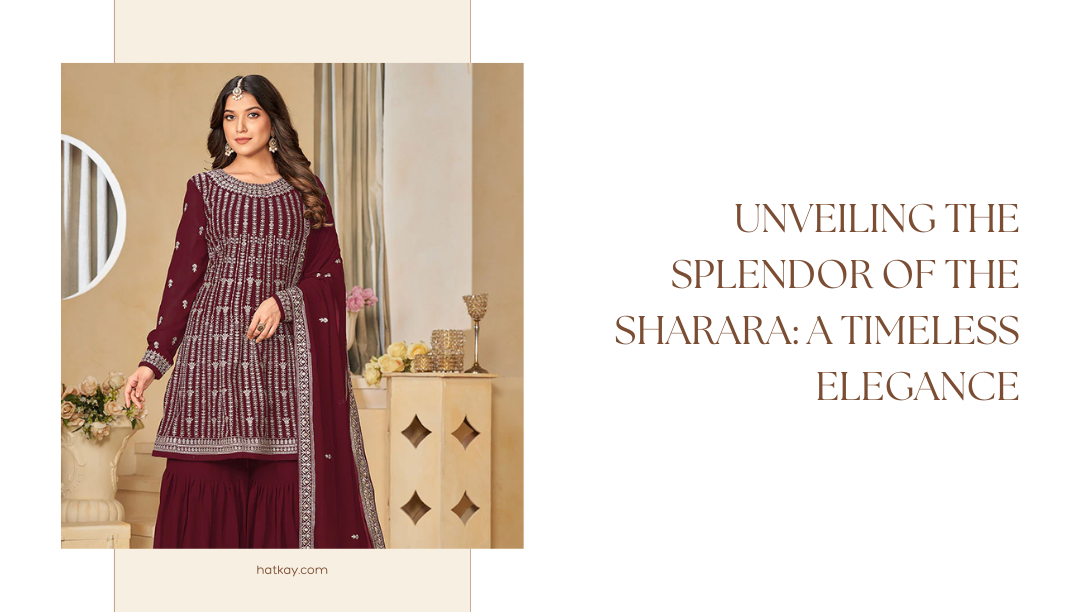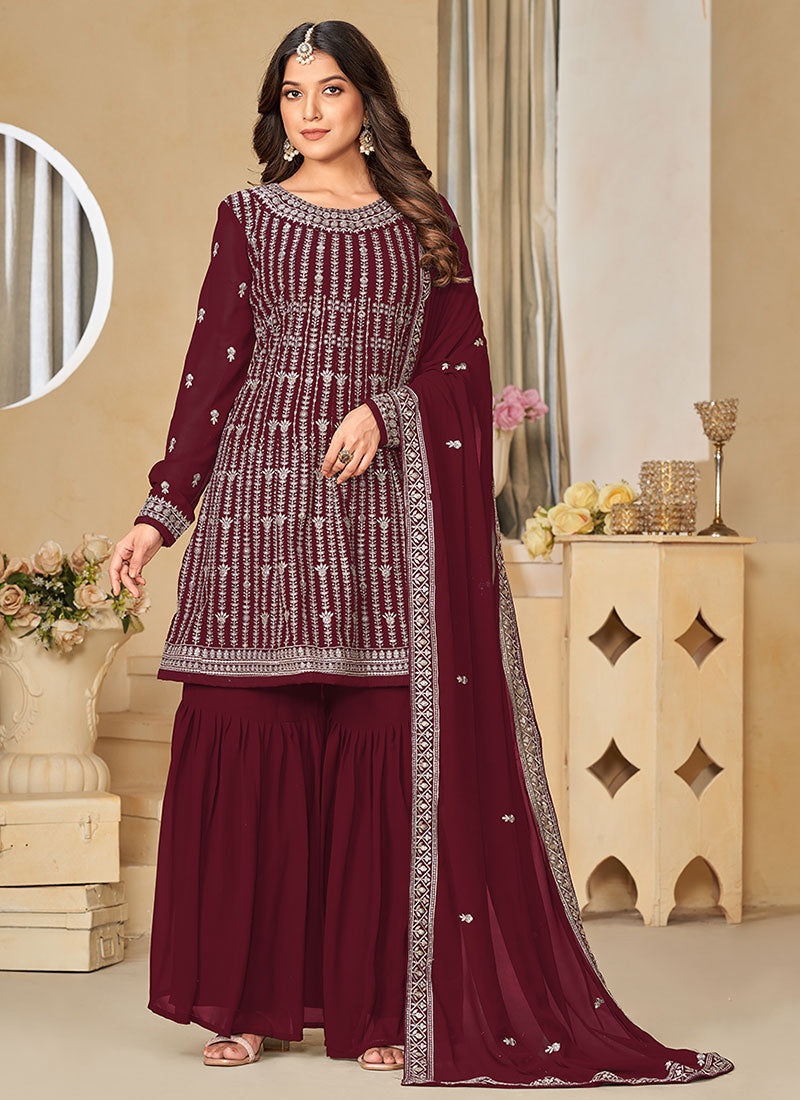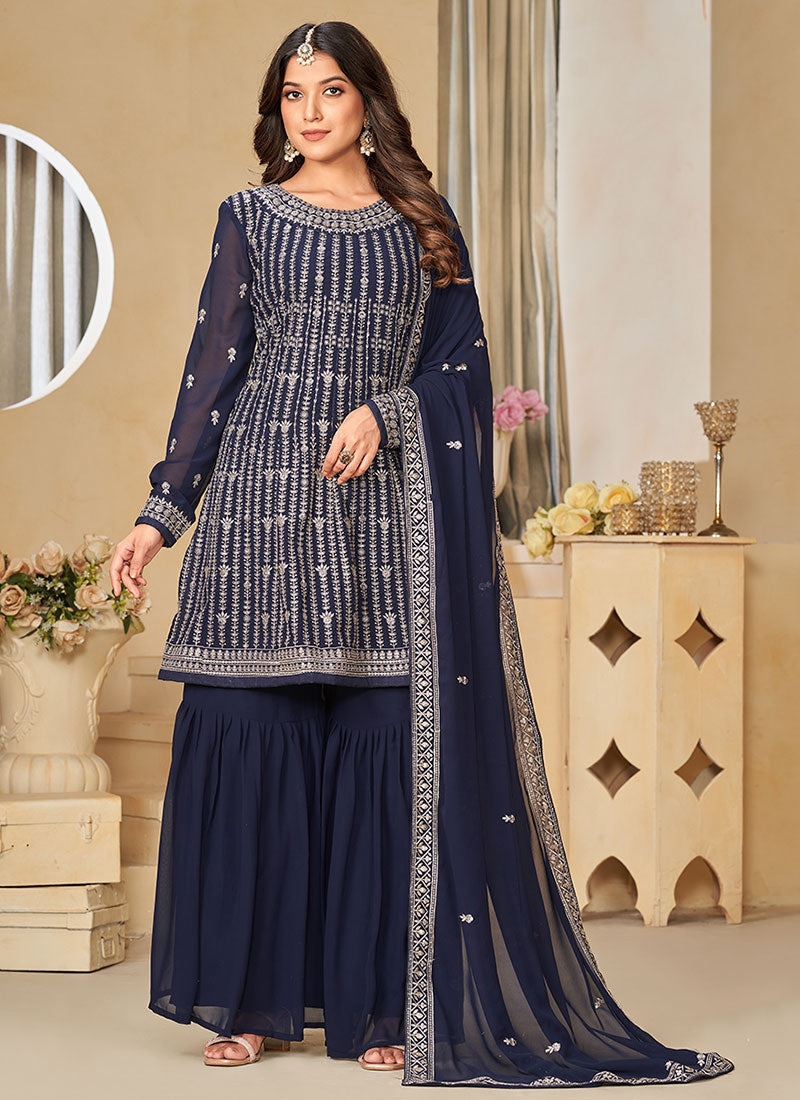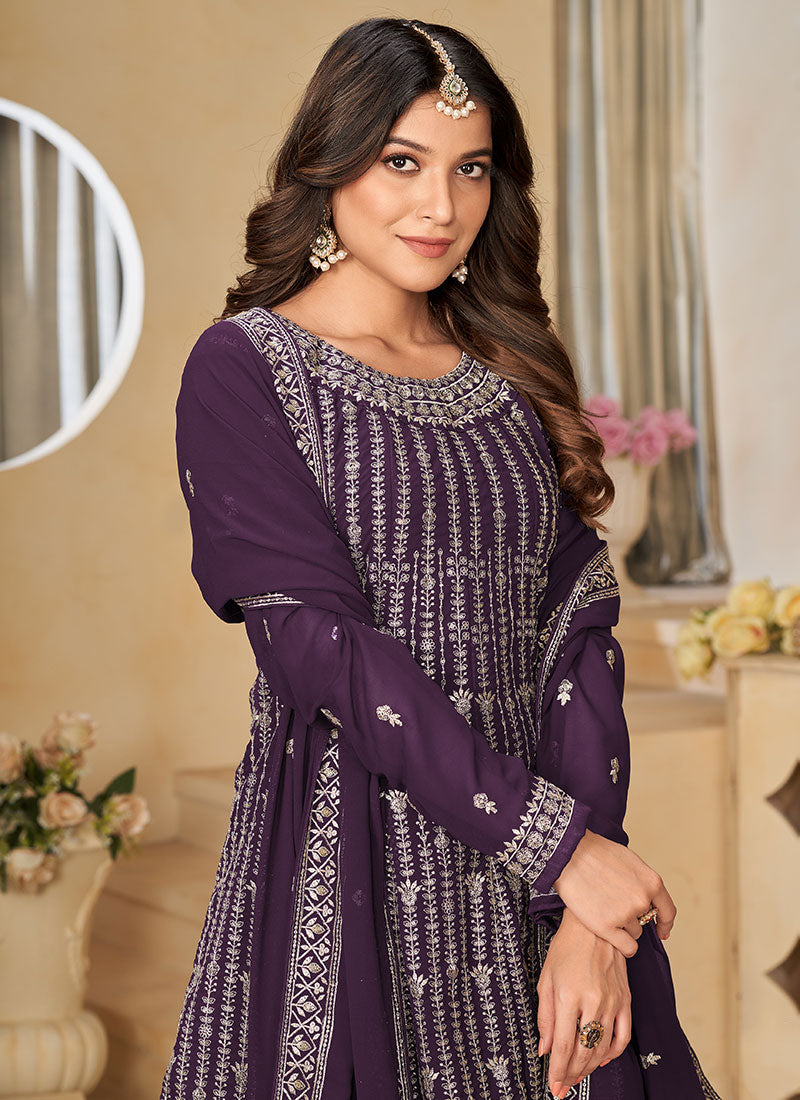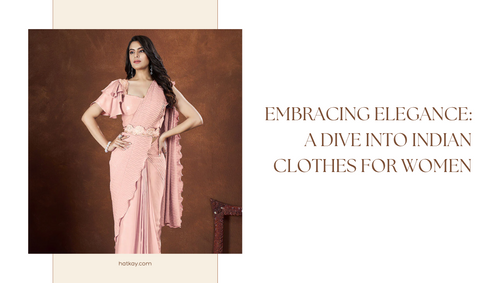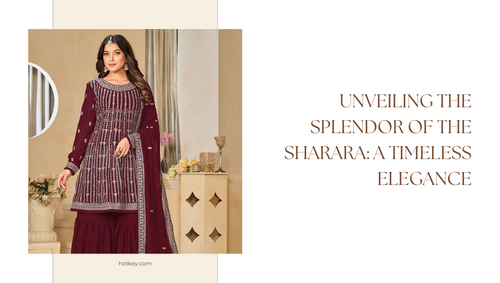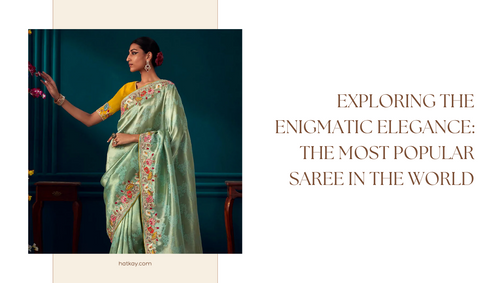In the realm of traditional South Asian attire, few garments exude the grace and allure of the sharara. This resplendent outfit, characterized by its wide-legged pants, holds a significant place in the cultural heritage of India and Pakistan. Beyond its aesthetic appeal, the sharara carries layers of historical, social, and symbolic significance. Let us embark on a journey to unravel the timeless charm and deeper meaning behind the sharara.
Historical Origins:
The origins of the sharara can be traced back to the royal courts of the Mughal era in the Indian subcontinent. It was initially worn by the noblewomen of the Mughal court, particularly during the reign of Emperor Akbar. The sharara's design, with its voluminous pants and intricate embellishments, reflected the opulence and grandeur of the Mughal dynasty.
Symbolism of Femininity:
The sharara is more than just a piece of clothing; it is a symbol of femininity and grace. The flowing silhouette of the pants accentuates the wearer's movements, exuding an aura of elegance and sophistication. In many cultures, including Urdu and Persian poetry, the sharara is often used as a metaphor to describe the beauty and grace of women.
Cultural Diversity:
While the sharara originated in the Mughal courts, it has since evolved and diversified across various regions of India and Pakistan. Each region has its unique style of sharara, influenced by local customs, traditions, and craftsmanship. For example, the Lucknowi sharara is renowned for its intricate chikankari embroidery, while the Punjabi sharara features vibrant colors and bold patterns.
Wedding Ensemble:
The sharara holds a special place in South Asian weddings, where it is often chosen as the attire for brides and bridesmaids. Its luxurious fabrics, elaborate embellishments, and regal silhouette make it the perfect choice for grand celebrations. The bride adorning a sharara on her wedding day embodies grace, beauty, and tradition, making it a cherished moment for her and her family.
Versatility and Modern Interpretations:
Despite its traditional roots, the sharara has adapted to modern fashion sensibilities, remaining relevant in contemporary wardrobes. Fashion designers continue to reinvent the sharara with innovative cuts, fabrics, and styling, catering to the preferences of modern brides and fashion enthusiasts. Whether it's a classic silk sharara for a traditional wedding or a chic, minimalist sharara for a fashion-forward event, this ensemble offers versatility and timeless appeal.
Empowerment and Identity:
For many women, wearing the sharara is not just about fashion; it's about embracing cultural heritage and reclaiming identity. In a world where cultural traditions are often diluted or forgotten, donning the sharara becomes a powerful statement of pride and connection to one's roots. It serves as a reminder of the resilience and beauty of South Asian culture, fostering a sense of empowerment and belonging.
In conclusion, the sharara transcends its status as a mere garment, embodying centuries of history, tradition, and symbolism. From its royal origins in the Mughal courts to its modern interpretations on fashion runways, the sharara continues to captivate hearts with its timeless elegance and cultural significance. As we celebrate the beauty of the sharara, let us also honor the heritage and craftsmanship that have made it an enduring symbol of grace and femininity in the rich tapestry of South Asian culture.
Purchase Indian clothes such as Salwar Kameez, Indian Sarees, Lehenga Choli, Anarkali Suits, Punjabi Suits, and more from Hatkay today at the most competitive market prices.





